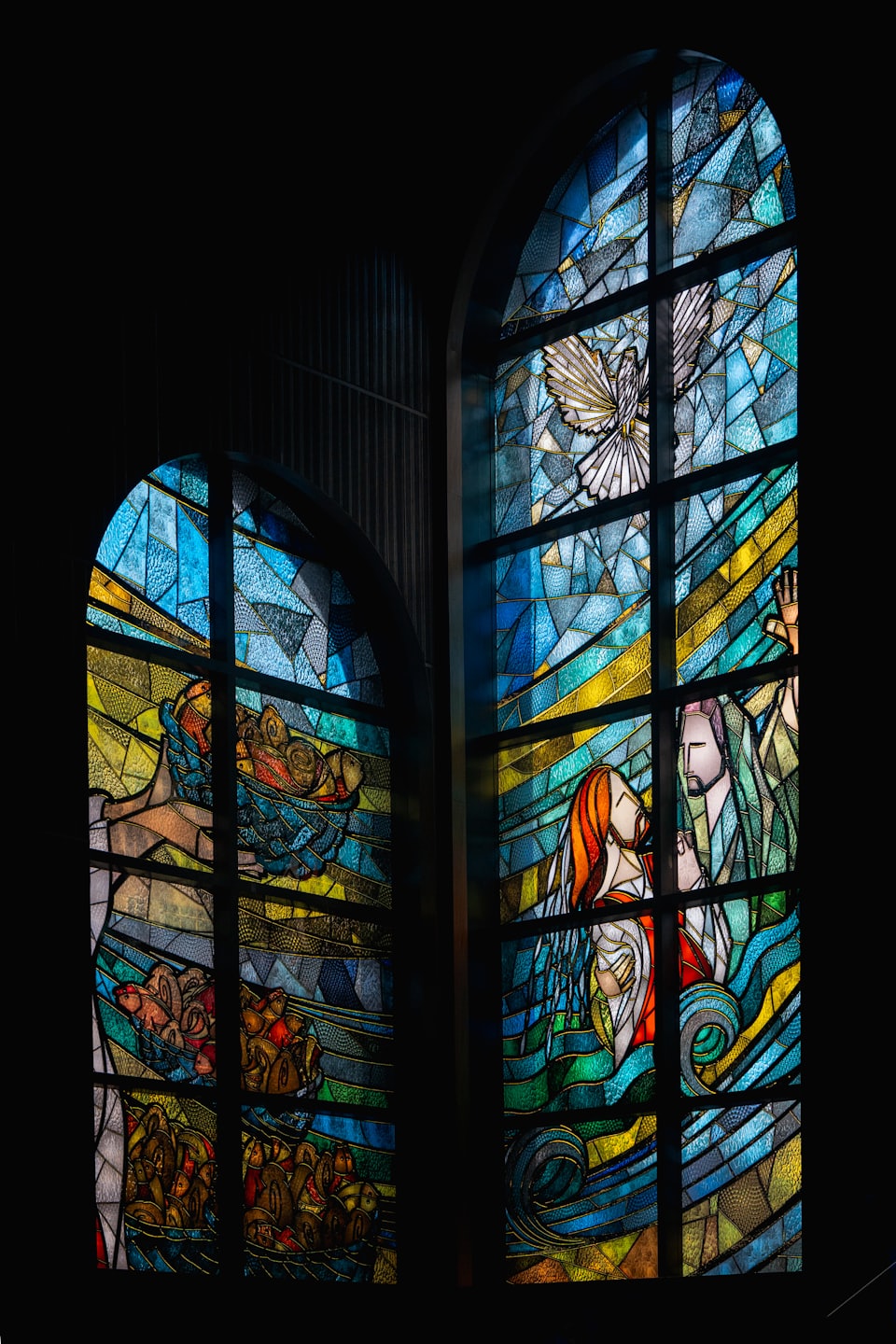Depictions of Jesus Christ in The Church of Jesus Christ of Latter-day Saints have evolved significantly, moving from early, simple forms to a globally recognized artistic tradition. The history of this art is tied to the Church’s growth, its move from a persecuted group to a global faith, and its ongoing effort to articulate its unique theology.
Early Depictions and the Pioneer Era
In the early history of the Church, depictions of Christ were not common. The nascent faith focused on survival, and its art was more about documenting its history and the epic pioneer journey. Early artists were often converts who brought with them the art styles of the 19th century, particularly Romanticism. Art from this period was primarily historical, focusing on events like the First Vision, the dedication of temples, or the migration west. When Christ was depicted, it was often in the context of these historical events, such as his appearance to Joseph Smith. These early portrayals were simple and soometimes lacked the polished, idealized look of later art.
The “Golden Age” of LDS Art: Idealized and Didactic
The mid-20th century marked a pivotal shift in Latter-day Saint art. As the Church grew and began producing curriculum and magazines, it commissioned artists to create a unified, easily recognizable visual language. This era, sometimes called the “Golden Age” of LDS art, was heavily influenced by the Golden Age of American Illustration, a style that prioritized clear, heroic, and accessible storytelling.
Artists like Arnold Friberg, Harry Anderson, and Del Parson created images that defined the visual imagination of a generation of Latter-day Saints. These depictions were idealized and didactic (intended to teach). The goal was to create a visual representation that was both reverent and relatable, inspiring faith and devotion. Harry Anderson’s depiction of Christ in scenes from the New Testament, and Del Parson’s widely reproduced 1980 painting of Christ, became ubiquitous in meetinghouses, temples, and members’ homes.
A key influence from outside the faith was the Danish Neoclassical artist Bertel Thorvaldsen. His 19th-century Christus statue, which was installed in the Visitors’ Center on Temple Square in Salt Lake City in 1958, became the quintessential representation of the resurrected Christ for the Church. Its welcoming posture and serene expression resonated with our message of a personal relationship with a living Christ. Replicas of the statue are now featured in Visitors’ Centers worldwide.
Contemporary and Global Depictions
In recent decades, the globalization of the Church has led to a significant diversification in how Christ is depicted. While the traditional image style remains central to much Church art, a growing number of artists are exploring new styles and cultural interpretations.
Contemporary artists like Brian Kershisnik and J. Kirk Richards have moved away from a purely didactic style toward more interpretive and symbolic works. Their art often focuses on personal spiritual experience, with Christ being depicted in less formal, more intimate settings.
Furthermore, as the Church has expanded in Asia, Africa, and Latin America, artists from those regions have sometimes portrayed the Savior with features that reflect their own ethnicities and cultures. This shift acknowledges that Jesus Christ’s message is universal and not limited to a single cultural or racial identity. The Church History Museum’s International Art Competitions have played a key role in promoting this diversity, showcasing works that reflect a global and culturally rich perspective on Jesus Christ’s life and ministry.

